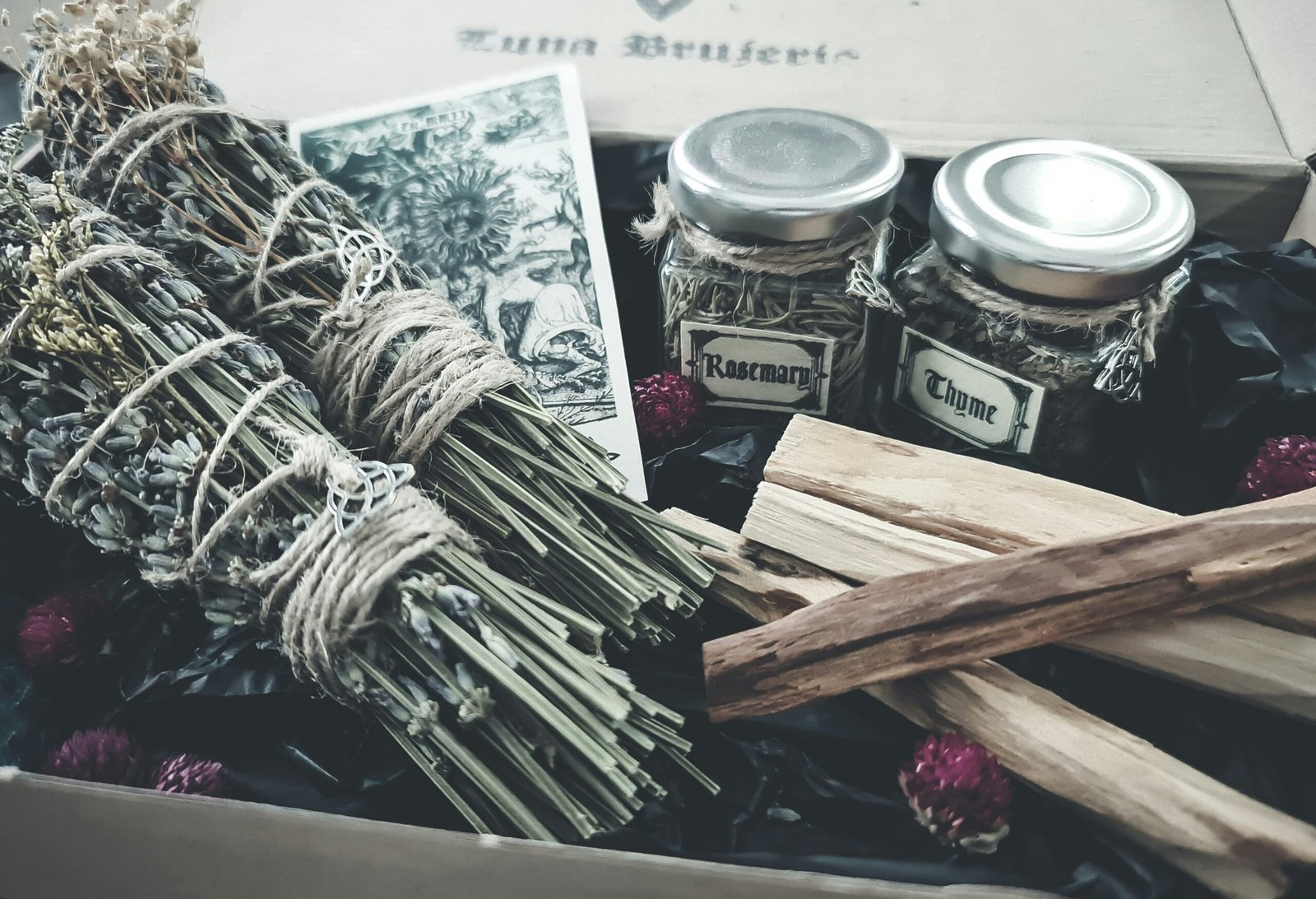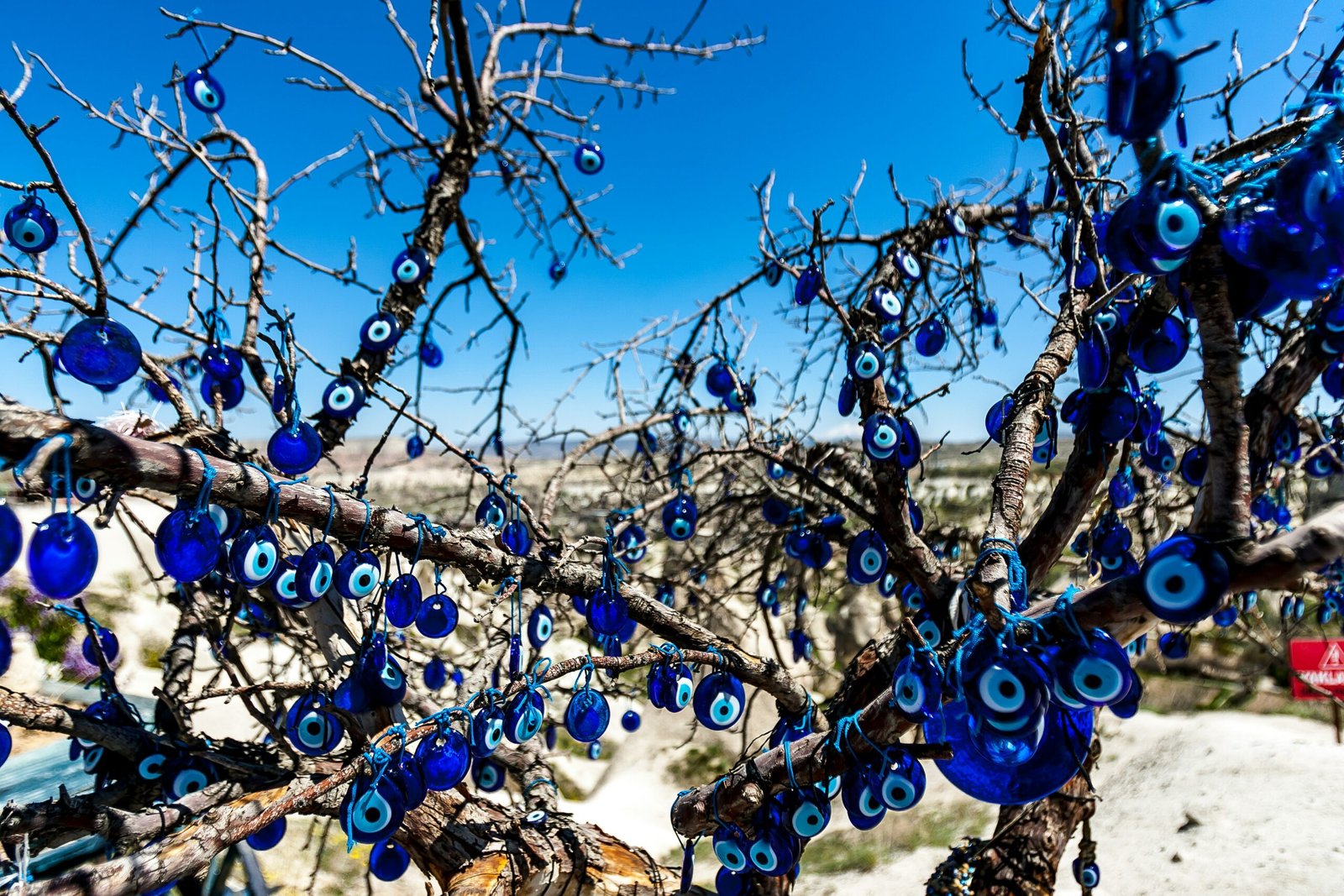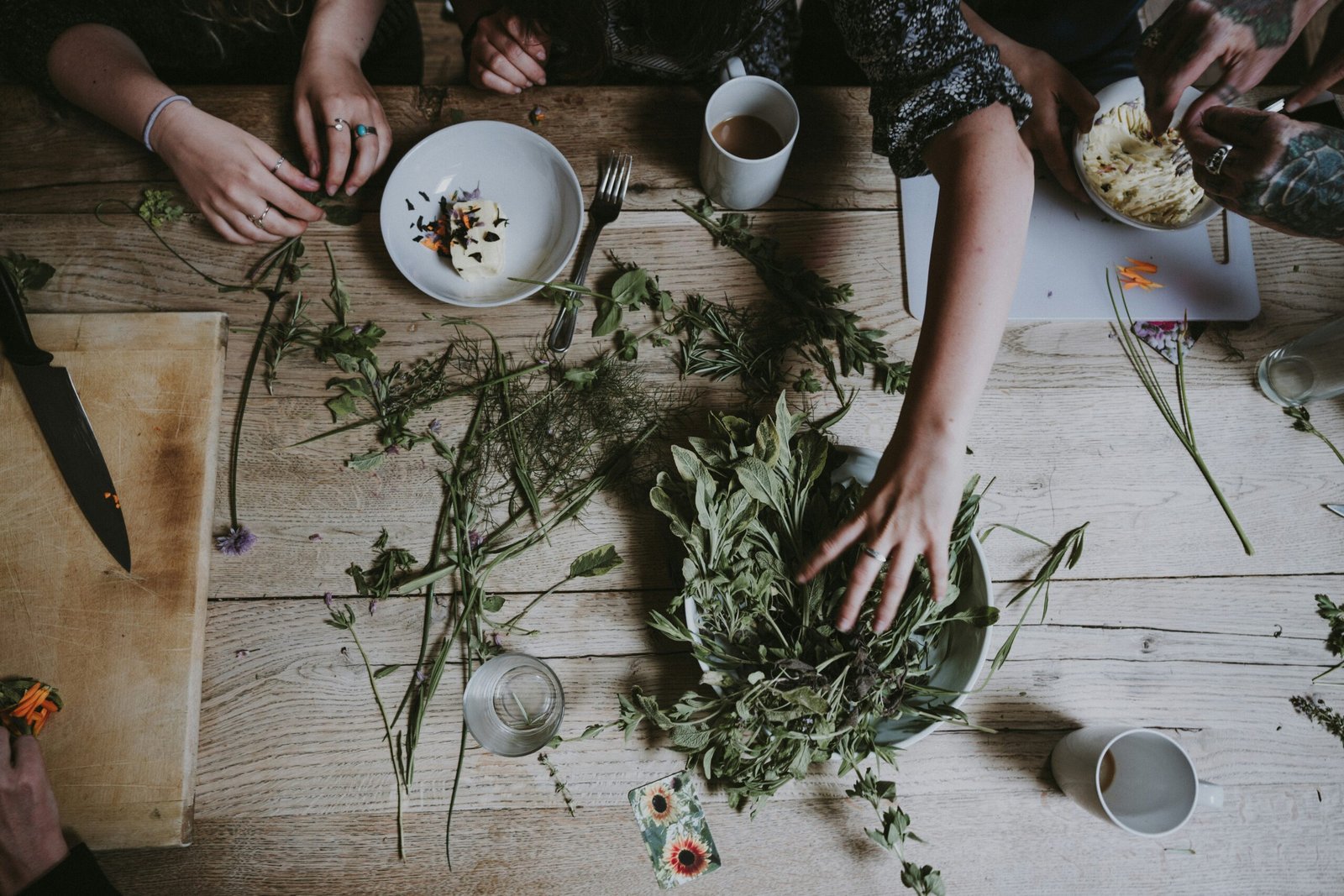The Mystical Art of Smudging: Rituals from Around the World
Throughout history, cultures around the world have practiced smudging rituals as a means of purifying spaces, objects, and even individuals. These ancient traditions have been passed down through generations, carrying with them deep meanings rooted in folklore and magic. In this article, we will explore the diverse smudging rituals from different cultures, their uses, and the fascinating symbolism behind them.
The Native American Tradition: Sage and Sweetgrass
One of the most well-known smudging rituals comes from the Native American tradition. The use of sage and sweetgrass is deeply ingrained in their culture and is believed to cleanse negative energy and promote spiritual balance. Sage, often bundled into a smudge stick, is burned to purify a space or person, while sweetgrass is used to attract positive energy.
According to Native American folklore, the smoke from the burning sage carries prayers and intentions to the heavens, creating a sacred connection between the physical and spiritual realms. This ritual is commonly performed during ceremonies, gatherings, and even in everyday life to maintain spiritual harmony.
The Ancient Egyptian Practice: Frankincense and Myrrh
In Ancient Egypt, the use of frankincense and myrrh in smudging rituals held great significance. These precious resins were believed to have powerful purifying properties and were often burned during religious ceremonies and rituals.
Frankincense was associated with the sun god Ra and was believed to ward off evil spirits and negative energies. Myrrh, on the other hand, was connected to the goddess Isis and was used for purification and healing purposes. The combination of these two resins created a fragrant smoke that was thought to elevate the soul and invite divine blessings.
The Asian Tradition: Sandalwood and Incense
In various Asian cultures, sandalwood and incense play a significant role in smudging rituals. Sandalwood, with its soothing aroma, is believed to calm the mind and enhance meditation practices. It is often used to cleanse sacred spaces, temples, and altars, creating a serene environment for spiritual practices.
Incense, with its wide range of fragrances, is used in smudging rituals to purify and honor deities. Different scents are associated with different intentions, such as prosperity, love, or protection. The act of lighting incense sticks and allowing the fragrant smoke to fill the air is seen as a form of offering and devotion.
The Celtic Tradition: White Sage and Mugwort
In Celtic folklore, the combination of white sage and mugwort is used for smudging rituals to cleanse and protect against negative energies and spirits. White sage is believed to have powerful cleansing properties, while mugwort is associated with divination and spiritual guidance.
During Celtic rituals, bundles of white sage and mugwort are burned, and the smoke is used to purify the space and create a barrier against malevolent forces. This practice is often performed during seasonal celebrations, such as Samhain or Beltane, to honor the cycles of nature and connect with the spiritual realm.
Conclusion
Smudging rituals have been an integral part of cultures worldwide, serving as a means of purification, protection, and spiritual connection. Whether it’s the Native American tradition of sage and sweetgrass, the ancient Egyptian practice of frankincense and myrrh, the Asian tradition of sandalwood and incense, or the Celtic tradition of white sage and mugwort, each ritual holds its own unique symbolism and purpose.
By embracing these ancient practices, we can tap into the rich tapestry of human history and experience the transformative power of smudging. So, the next time you feel the need to cleanse and purify your space or yourself, consider exploring the smudging rituals of different cultures and discover the magic they hold.






Leave a Reply